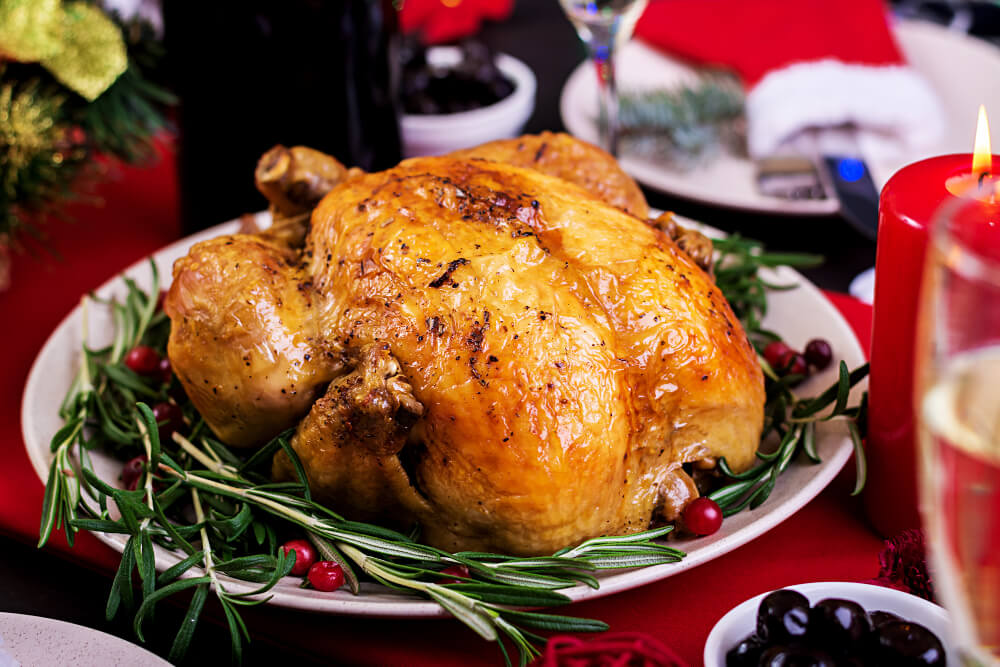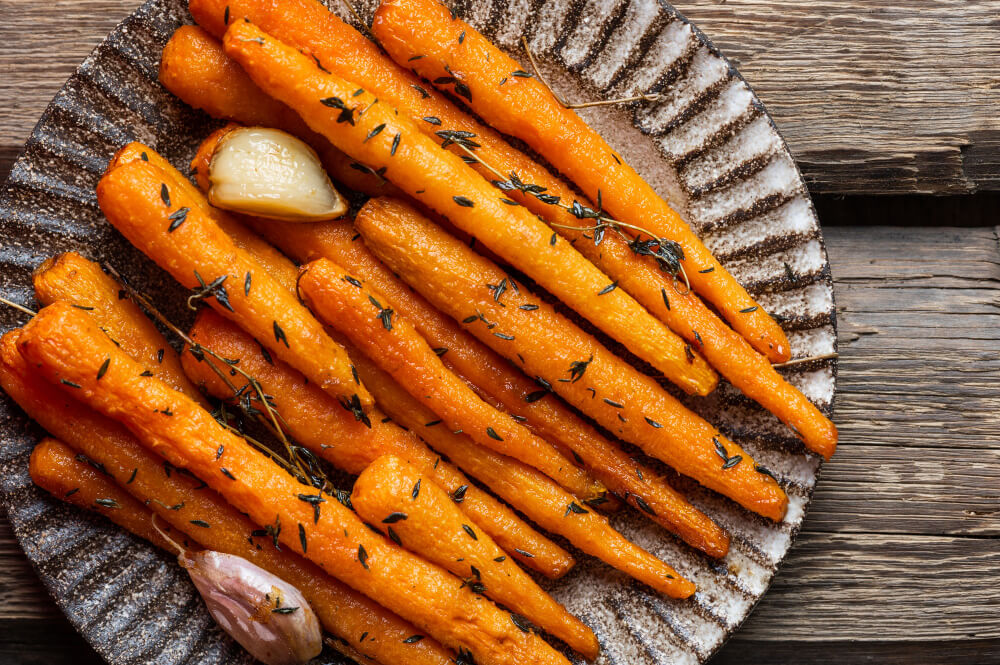
Want to learn what is a boning knife? Kitchen knives come in many different shapes and sizes, each with a specific purpose in the kitchen. One such knife is the boning knife. If you've ever tried to cut meat from the bone with a regular kitchen knife, you know how frustrating it can be. A paring knife won't cut it either, as it is too small and lacks the flexibility to make the job easy.
The problem with cutting meat from the bone is that it requires precision and control. Using the wrong type of knife can result in a messy job with wasted meat left behind. This is where a boning knife comes in. With its flexible blade and thin design, a boning knife allows you to make precise cuts of meat from bones, making it an essential tool in any kitchen.
In this blog, we will explore what a boning knife is, what makes it different from other kitchen knives, and how to use it properly. By the end, you'll be able to confidently choose and use a boning knife to separate meat from bones quickly.
What is a Boning Knife?
A boning knife is a kitchen knife designed specifically for deboning meat, fish, and poultry. It has a thin, flexible blade that is typically between 5 and 7 inches long and tapers to a sharp point. The thin blade allows for precise cuts, making it easier to separate meat from connective tissue, joints, and bones.
The blade of a boning knife is usually made of high-carbon stainless steel or similar material that is durable and rust-resistant. The handle is often made of non-slip material to provide a secure grip, even when the handle is wet or greasy.
Using a boning knife to slice meat requires some skill and practice. The key is to use the blade's tip to make small, precise cuts around the bone or connective tissue. This allows you to separate the meat from the bone without damaging the surrounding muscle tissue.
Boning knives can be used for various tasks, including trimming fat, removing the skin, and cutting delicate items like cupcakes. Boning knife is also useful for filleting fish, as the flexible blade can conform to the fish's shape and cleanly remove the bones.
Features of Boning Knife

Many boning knife sets come with various blade lengths, shapes, and handle materials to suit different preferences and cutting styles. A boning knife is an essential tool for anyone who works with meat, fish, or poultry, as it can make precise cuts around bones and cutting through connective tissue. In this list, we'll explore some of the key knife features of a boning knife that make it a must-have tool for any kitchen.
Curved Blades
A boning knife with a curved blade is ideal for working with curved cuts of meat, like a pork shoulder or lamb leg. The curve of the blade allows for more control and precision when making cuts, especially when removing meat from around bones.
Stiff Blade
A boning knife with a stiff blade is best for working with tougher cuts of meat or for making more forceful cuts. This type of blade is particularly useful for cutting through bones and cartilage.
Flexible Blade
A flexible boning knife is ideal for filleting fish or working with more delicate meat cuts. The flexibility of the blade allows it to conform to the contours of the meat, making it easier to remove meat from around bones and joints.
Narrow Blade
This type of boning knife is ideal for working with smaller meat cuts, like chickenor fish. The narrow blade allows for more precise cuts, making removing meat from around bones and joints easier.
Straight Guard
A boning knife with a straight blade is best for making more precise cuts or working with larger meat cuts, like beef or lamb. The straight blade allows for more control and precision when making cuts, especially when removing meat from around bones.
Finger Guard
Some boning knives come with a finger guard to protect the user's fingers from slipping onto the blade while cutting. This feature is particularly useful when making more forceful cuts or working with tougher meat cuts.
Broad Blade
A boning knife with a broad blade is ideal for working with larger meat cutsor making more forceful cuts. This type of blade is particularly useful for cutting through bones and cartilage.
Using a boning knife makes it easier to remove meat from around bones and joints, resulting in less wasted meat and a cleaner, more professional-looking final product. Some of the best boning knives on the market include Wusthof Classic Boning Knife, Global G-21 Boning Knife, and Victorinox Swiss Army Cutlery Fibrox Pro Boning Knife.
Intended Uses of a Boning Knife

Wondering about boning knife uses? Well, we can think of four different uses for this kind of knife, To cut fruit, carve baked goods, prepare meat, and use a boning knife to cut precisely, whether for fish, meat, or fruit.
-
To cut fruit: A boning knife can be used to cut through the tough skin and flesh of fruits like pineapples, melons, and mangoes. Its sharp, narrow blade makes it easy to slice through the fruit and remove the flesh from the skin.
-
To carve baked goods: You can also use a boning knife to carve baked goods like cakes and bread. Its sharp blade allows for precise cuts, making creating intricate designs and shapes easier.
-
To prepare meat: The primary use of a boning knife is to remove bones and tissue from meat. Its sharp, narrow blade allows for precise cuts, making it easier to separate the meat from the bones and trim excess fat.
-
To cut precisely: They can also be used to cut various foods with precision, whether it's meat, fish, or fruit. Its sharp blade allows for clean, even cuts, making preparing food for cooking or serving easier.
What's the Difference Between a Fillet Knife and Boning Knife?
A fillet knife and a boning knife are specialized knives used for preparing meat and fish, but they have distinct differences that suit them for different tasks.
A fillet knife is primarily used for filleting fish, while a boning knife is designed for removing bones and tissue from meat and poultry. A fillet knife has a long, narrow blade that tapers to a point, making it ideal for making precise cuts around the bones and skin of a fish fillet. The blade is flexible, allowing it to conform to the contours of the fish for a clean and efficient cut.
On the other hand, a boning knife has a wider, stiffer blade designed to cut through meat and bone with precision. While a boning knife can be used to cut a fish fillet, it primarily removes the bones from meat and poultry, such as chicken breasts or beef ribs. The blade is thinner and less flexible than a fillet knife, allowing it to maneuver around bones and joints easily.
Overall, the key difference between a fillet knife and a boning knife is its blade shape and flexibility. A fillet knife is best for preparing fish fillets, while a boning knife cuts and removes bones from meat and poultry. While there may be some overlap in their uses, it is important to choose the right knife for the task at hand to ensure the best possible results.
Is it Necessary to Have a Boning Knife?
This depends on your cooking needs and preferences. While a boning knife is a valuable tool for anyone who regularly prepares meat and poultry, it may not be necessary for everyone.
If you rarely cook meat or poultry, or if you purchase pre-cut meat and poultry, then a boning knife may not be necessary. Other knives, such as a chef's or paring knife, may be more useful for your cooking needs.
However, if you frequently prepare meat and poultry, a boning knife can be a valuable addition to your kitchen. Also, whether you are working or not in a professional kitchen and the size of your kitchen will play a major role in what you need.
If you work full-time as a chef and depend on your knife set to be there when needed, then it is important to invest in good quality knives. However, if you are just an average home cook who enjoys cooking for their family or friends from time to time and has limited space in their kitchen, then investing in good quality knives may not be worth it.
Different Ways to Maintain Your Boning Knife
Sharpen
Sharpen your boning knife regularly. If you're unsure how to do this, take it to a professional knife sharpener or learn how to sharpen knives yourself.
Clean Regularly
After each use, wash your boning knife with warm water and soap, then dry it with a clean cloth or towel. If you have time, let your knife air-dry before putting it away. Doing so can help reduce the risk of rust forming on the blade or handle.
Store Properly
Store your boning knife in a place with moderate temperatures and low humidity. You also want to ensure that no one touches the blade or handle — especially if they have wet hands (or are wearing gloves). This is because moisture can lead to corrosion over time and even cause damage to the blade itself!
Use the Right Cutting Board
If you’re using your boning knife to cut meat, use a cutting board made from hard materials like plastic or wood. This will help prevent the blade from getting dulled or damaged by materials like steel. Wooden cutting boards are proven to protect your knife’s edge and are easier to clean than plastic ones.
Be Careful With Your Knife
While it’s tempting to use your boning knife as an all-purpose kitchen tool, you should avoid doing so whenever possible. This is because knives designed for different purposes have varying degrees of sharpness and strength; when used incorrectly (or in ways they weren’t designed), these knives can easily slip out of your hands or even snap in half.
The Bottom Line
Boning knives are a great addition to any commercial or home kitchen. They are designed to make the process of removing bones from meat easier and more efficient than using a regular knife. Boning knives can also be used for many other tasks, including carving and cutting thin food slices.
Make sure to use the right cutting boards, such as wooden boards, plastic boards, and non-porous ones for your boning knives. This will prevent the knife from getting dull and keep it in good condition for years to come. Now that you know what is a boning knife, you can now enjoy this kitchen tool!



